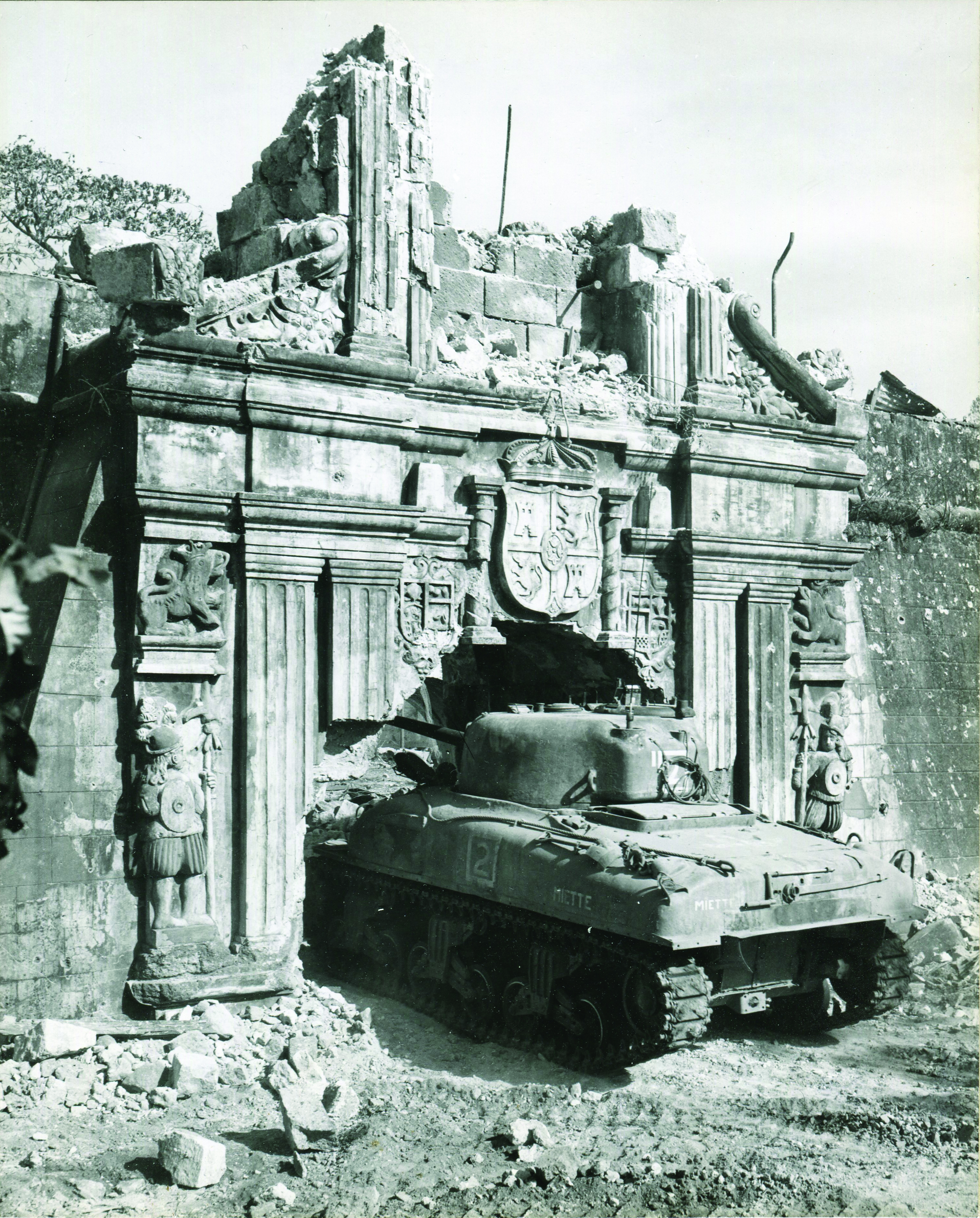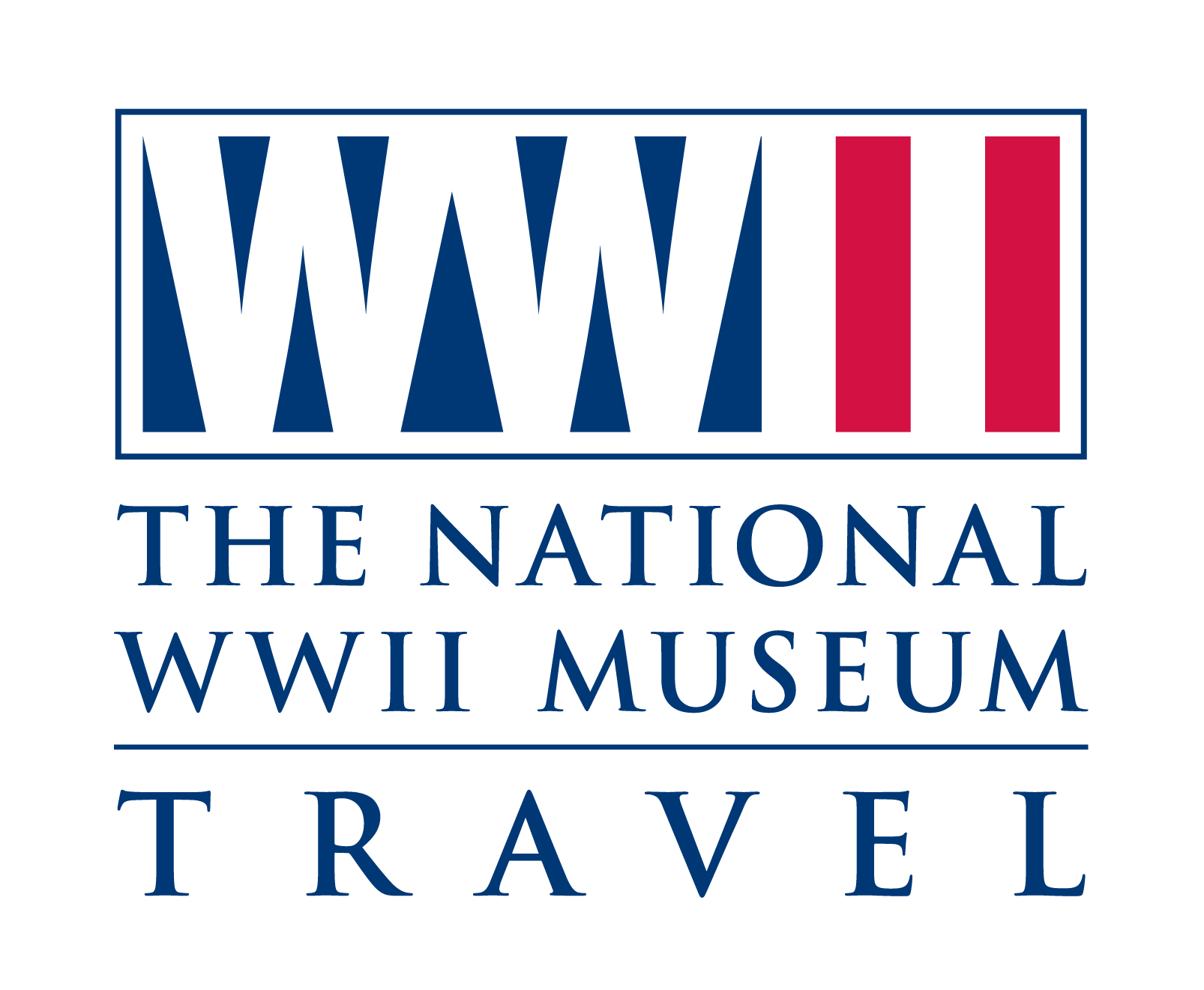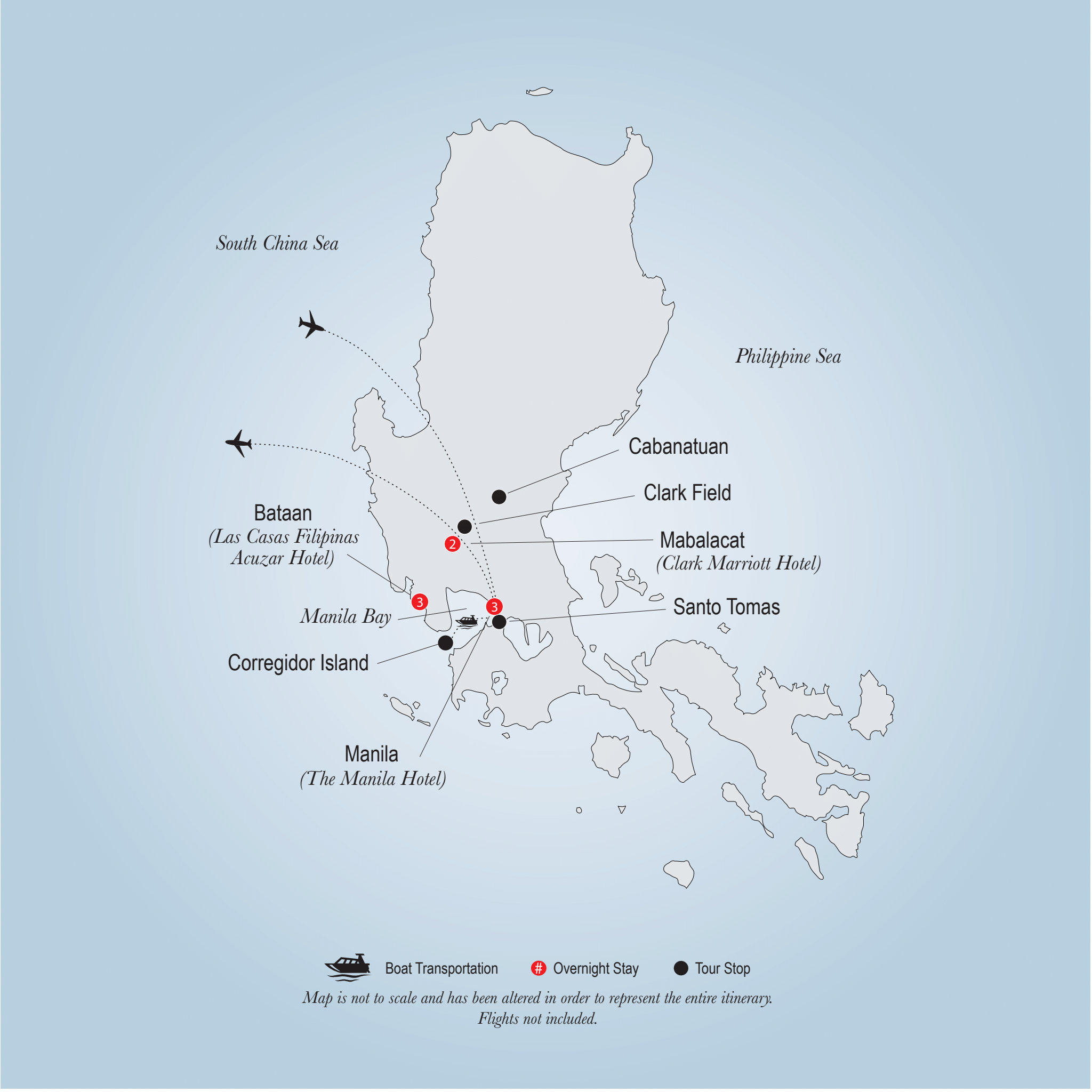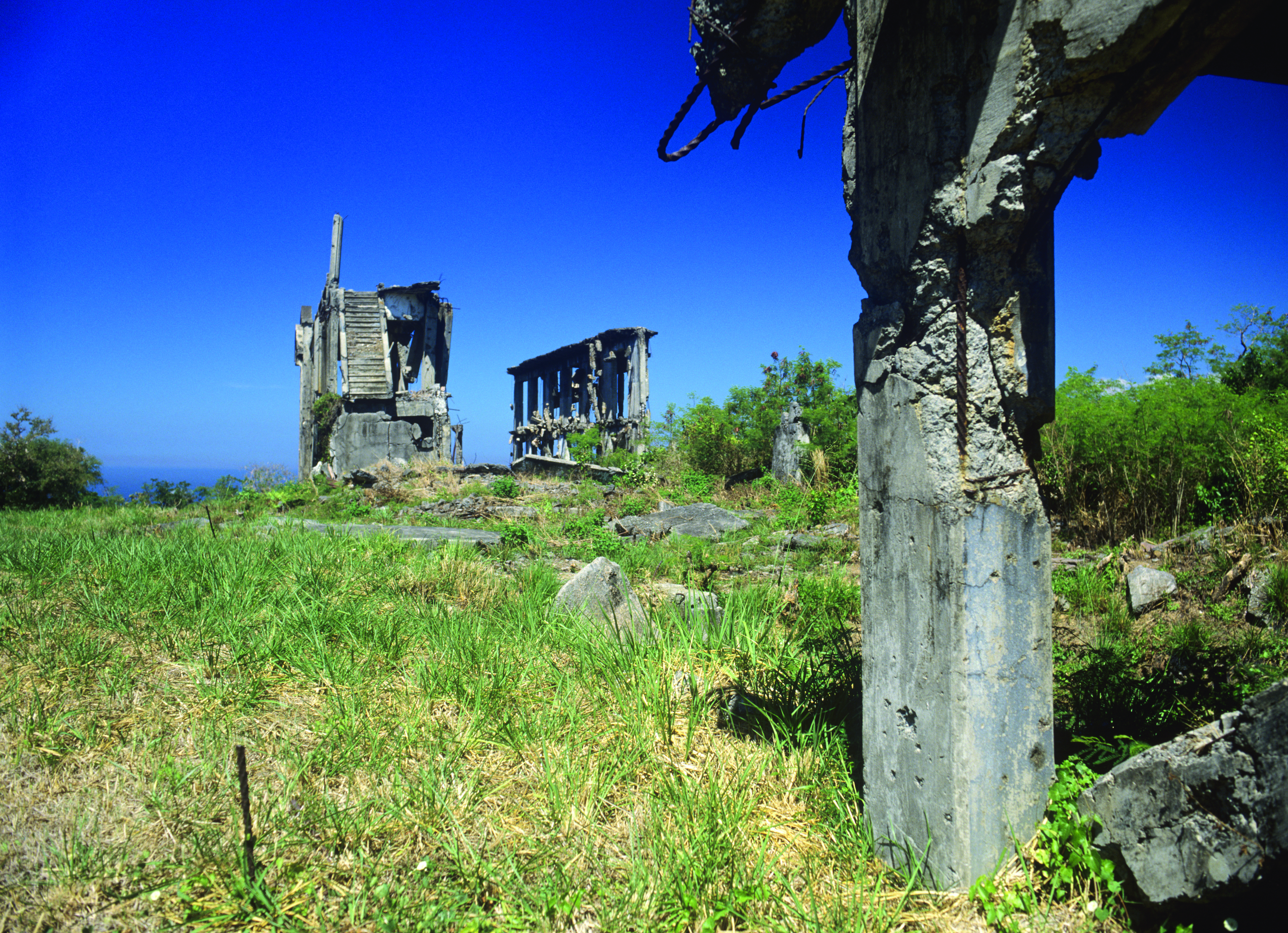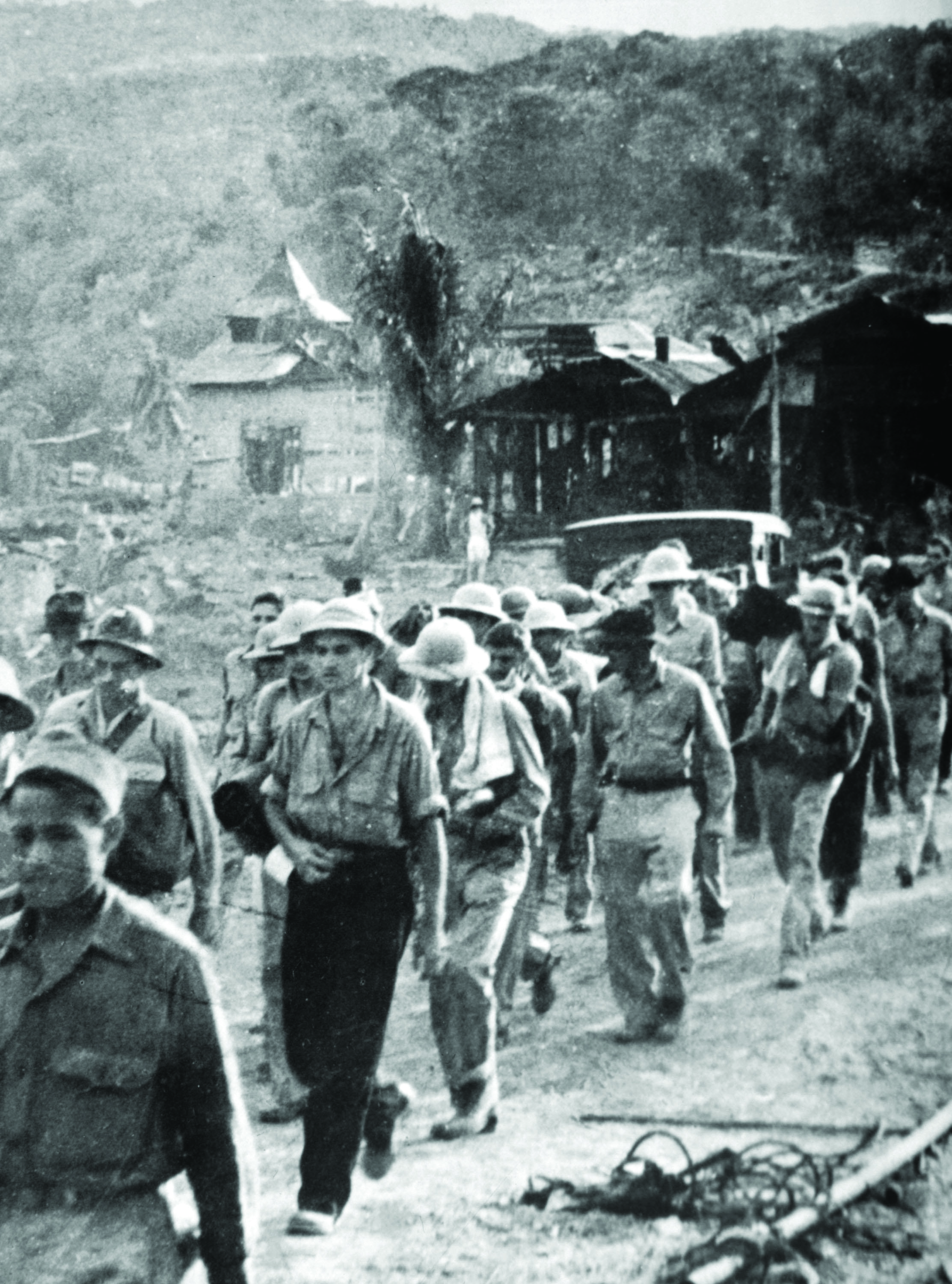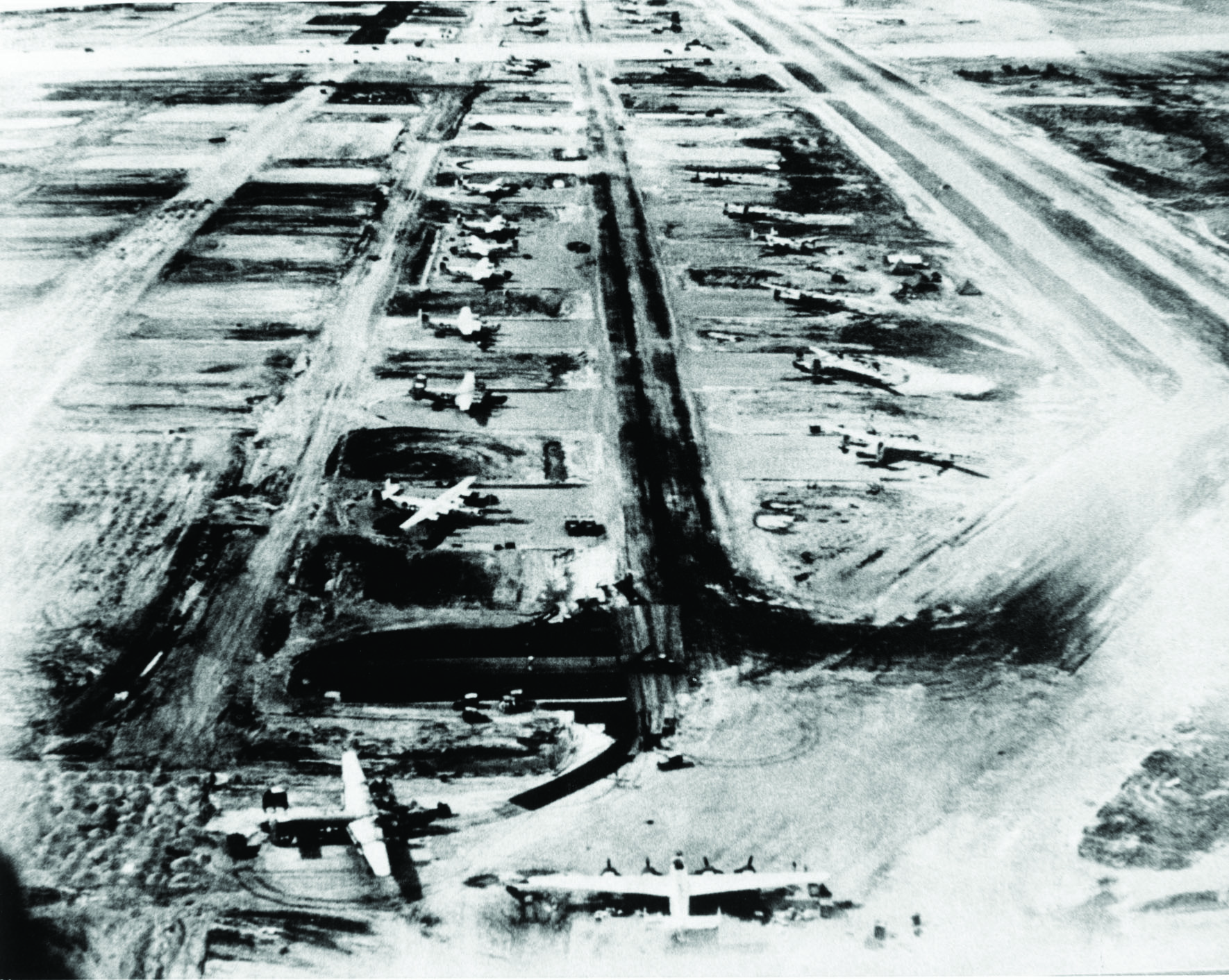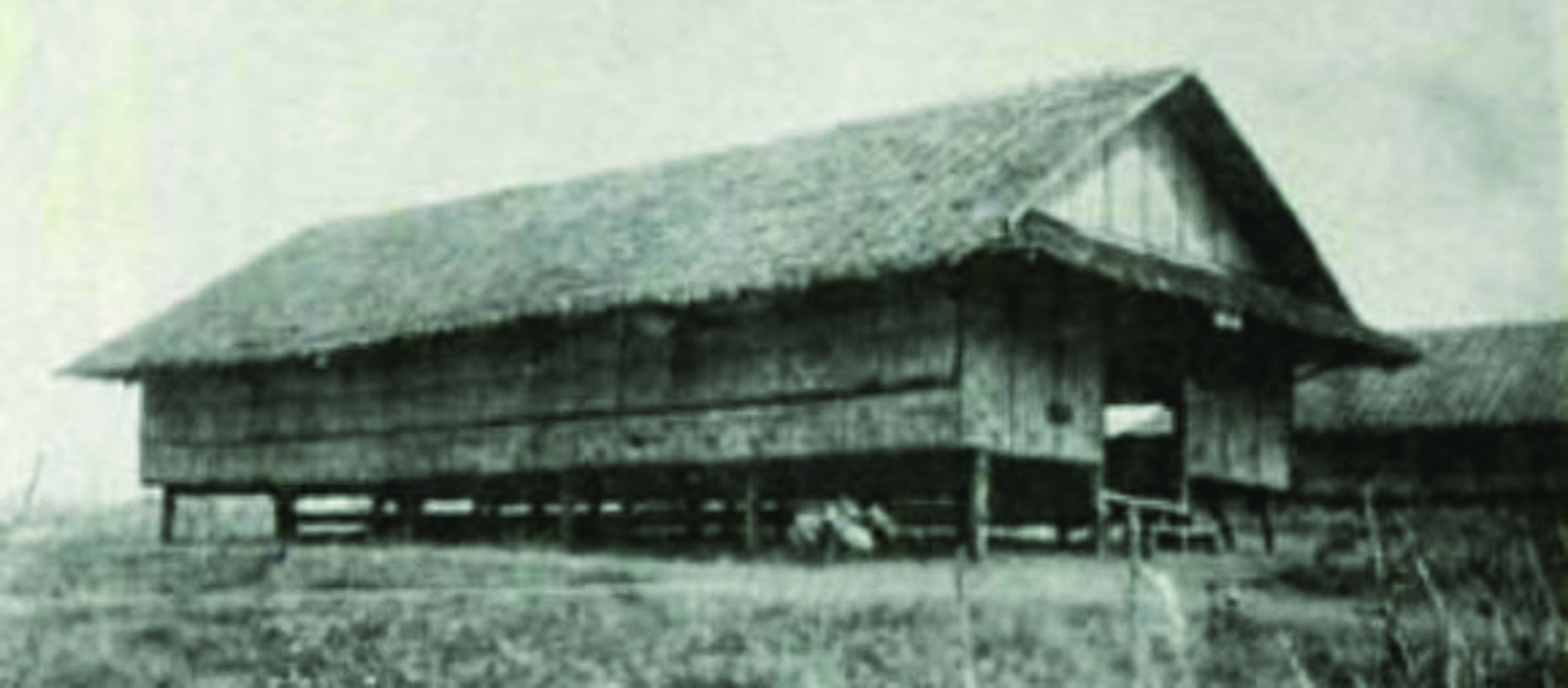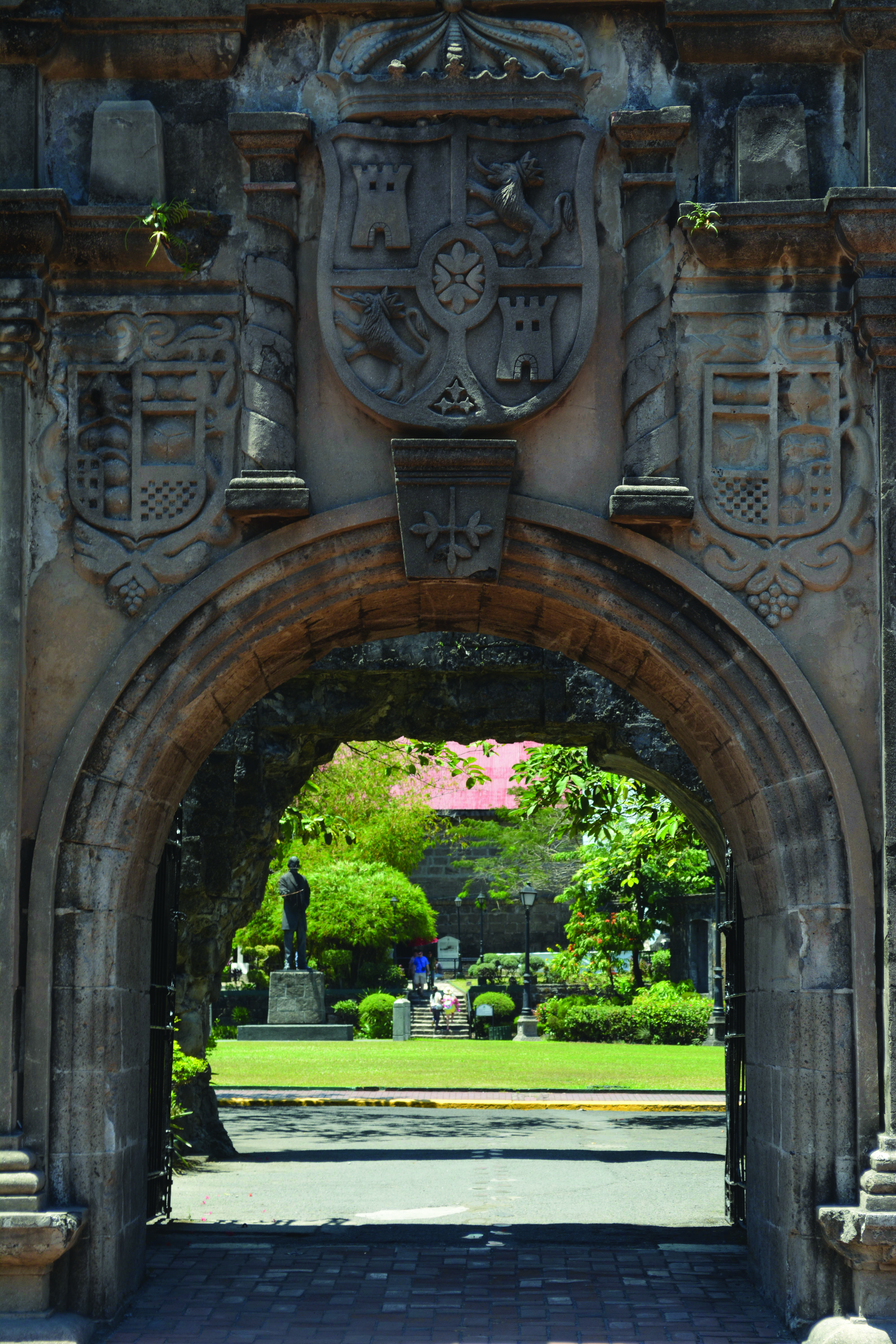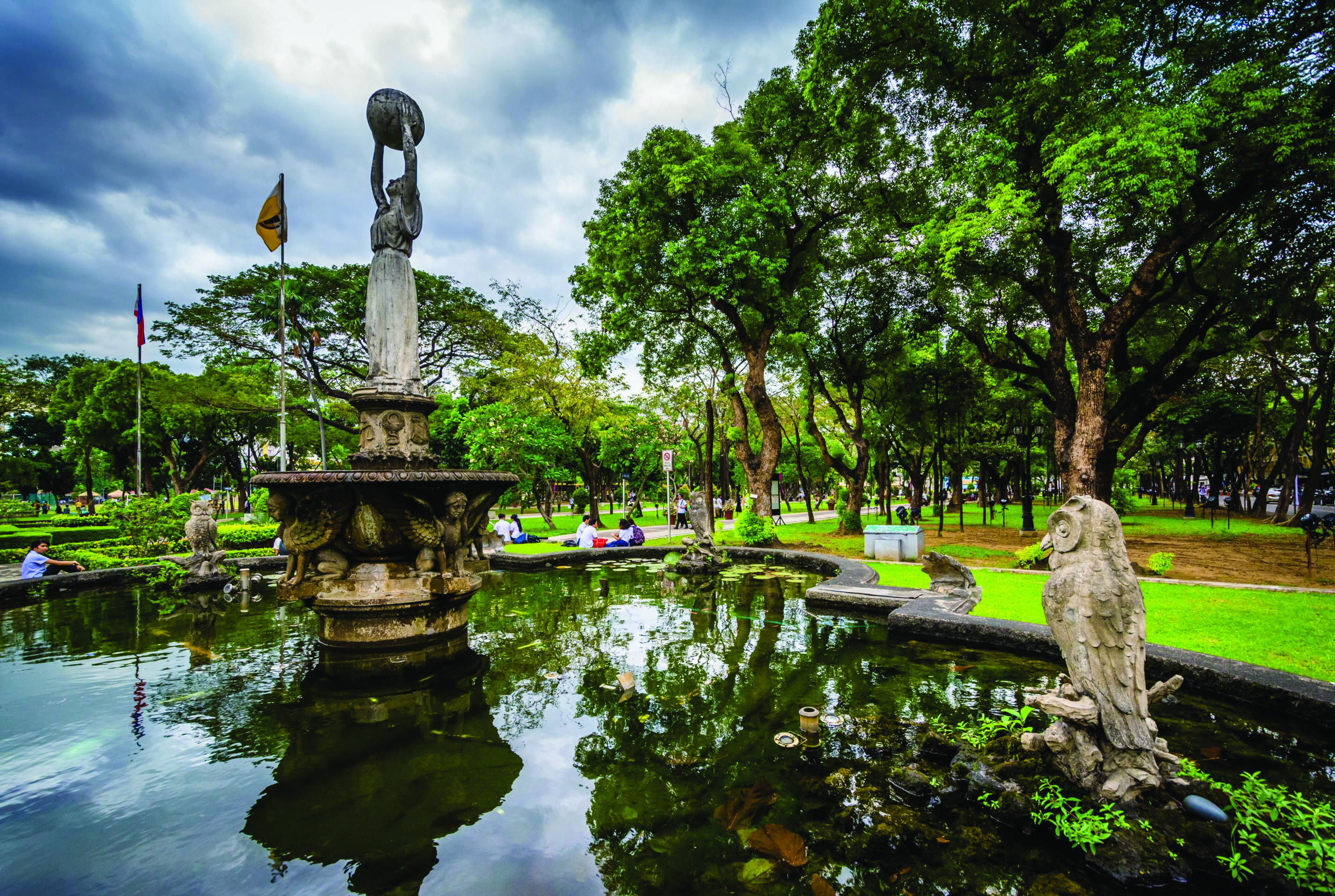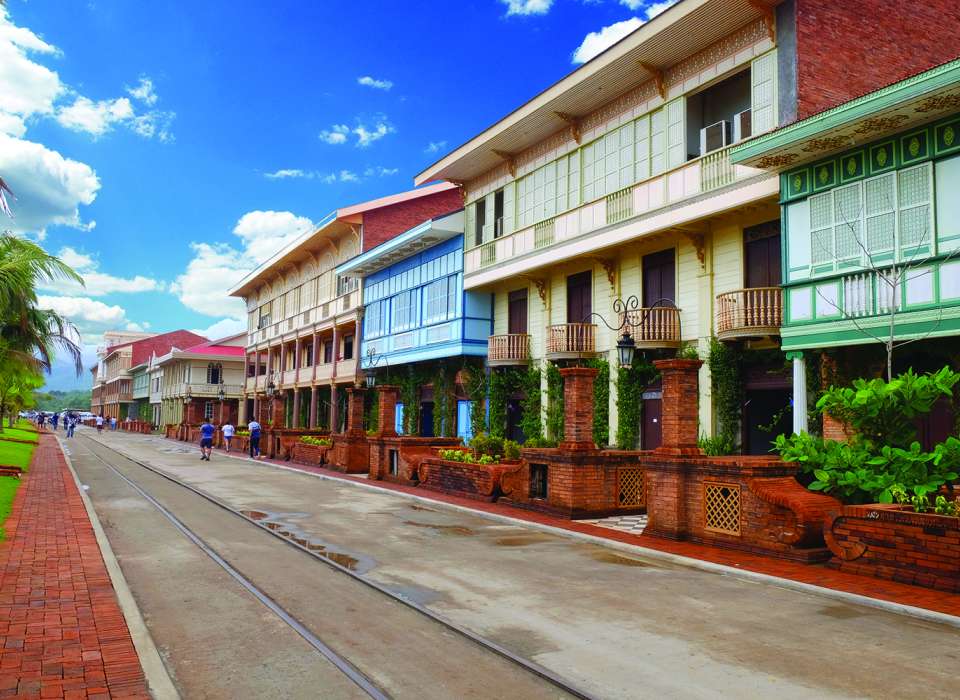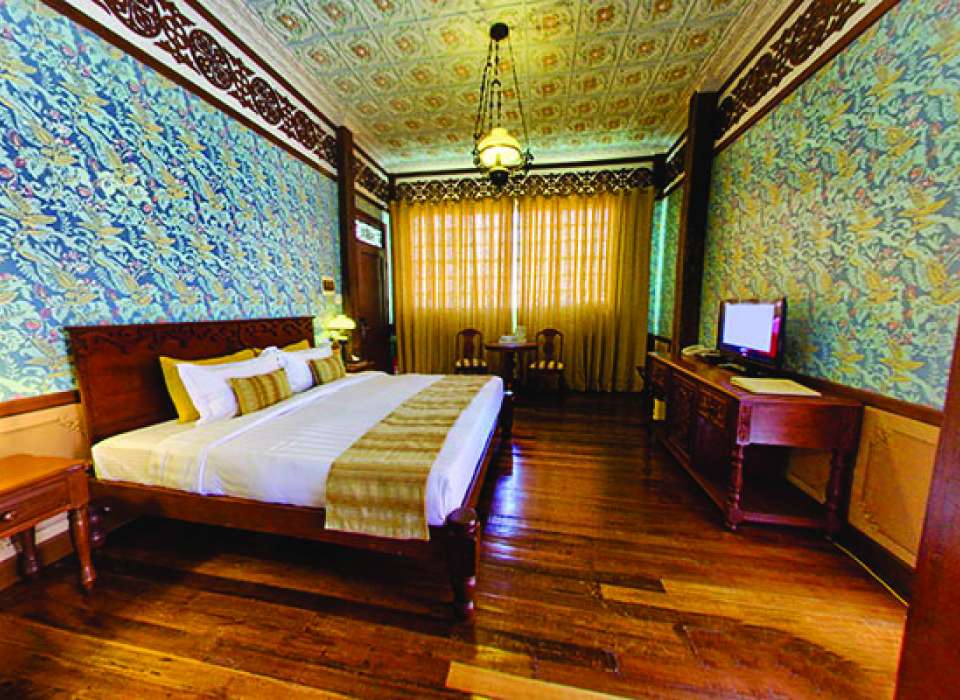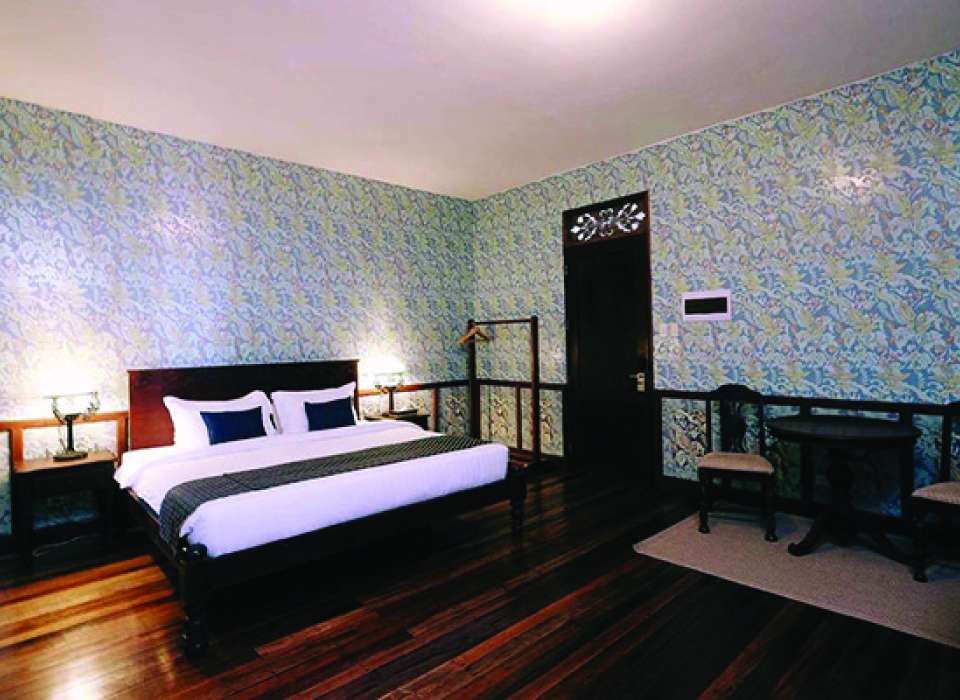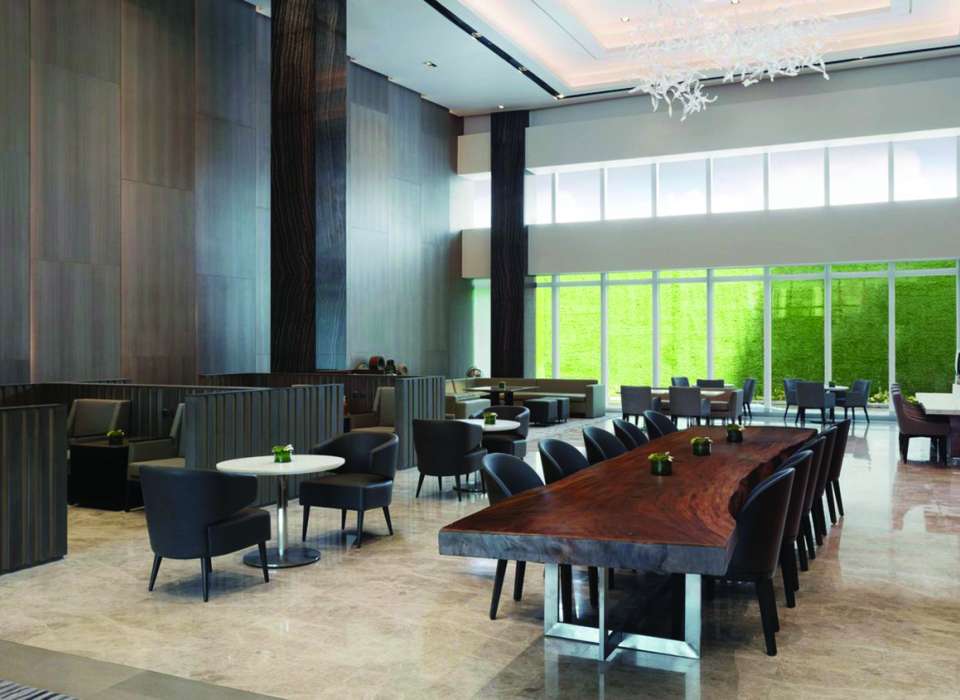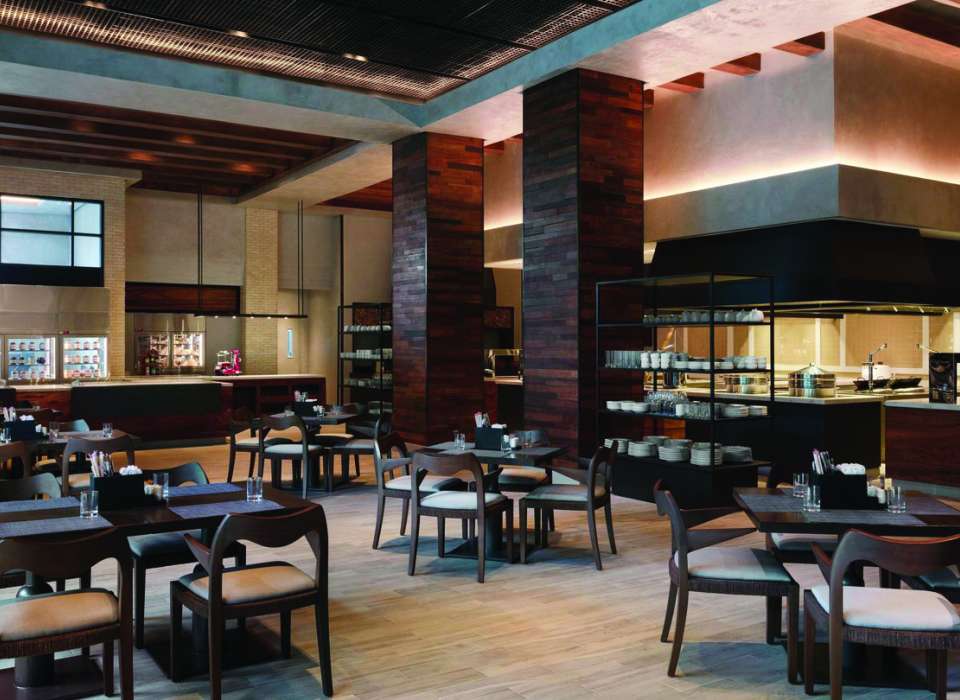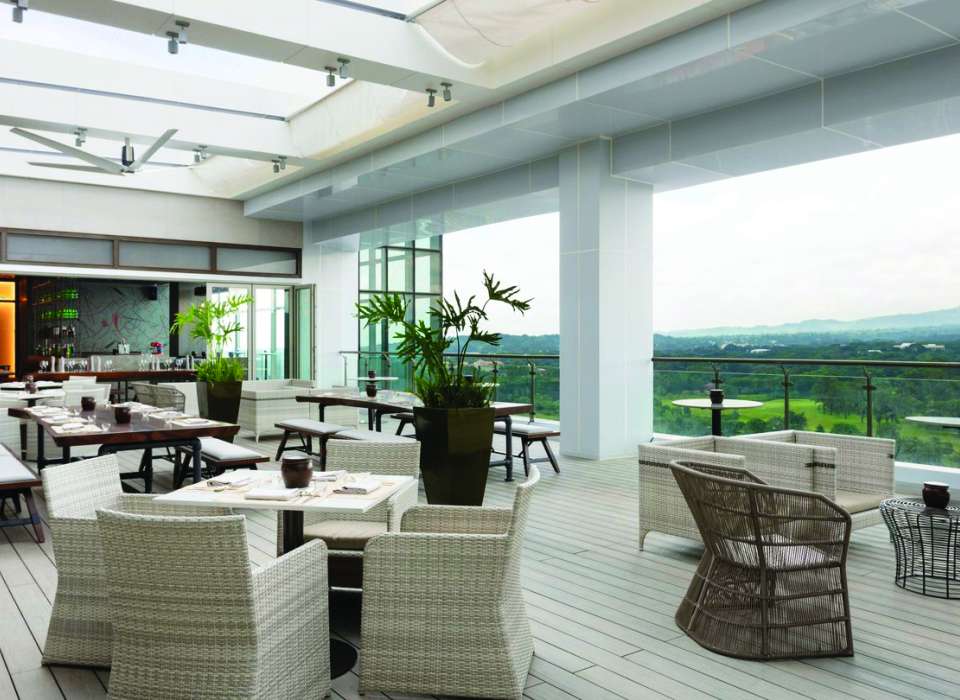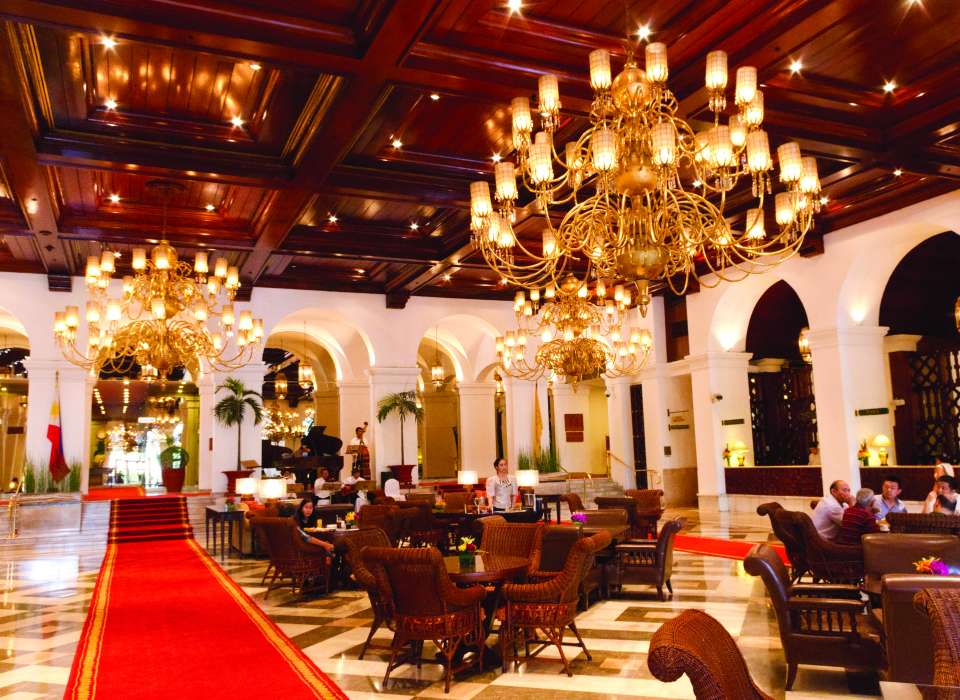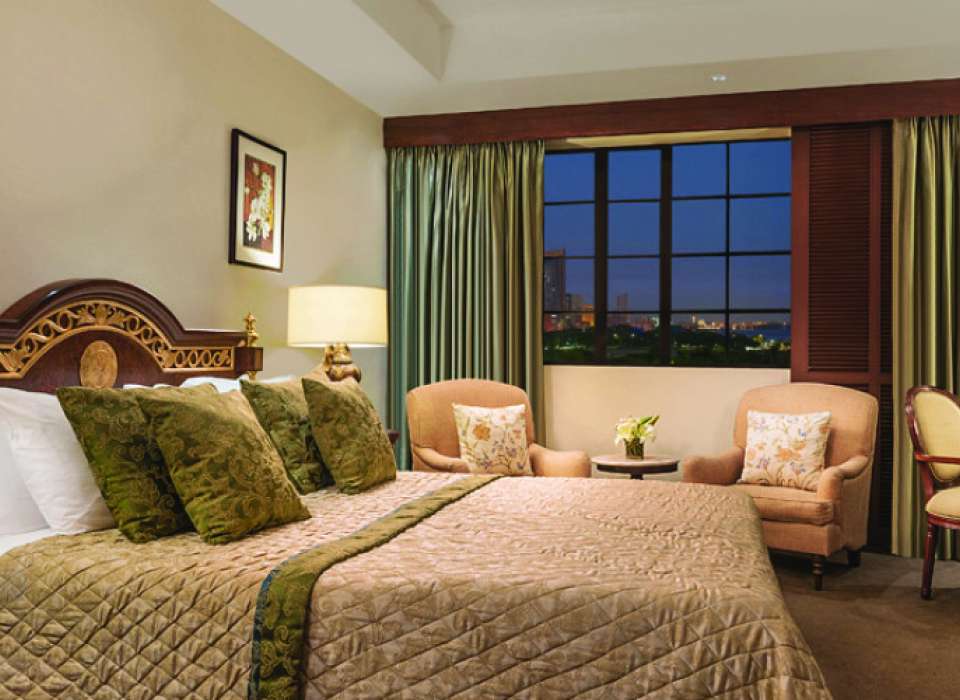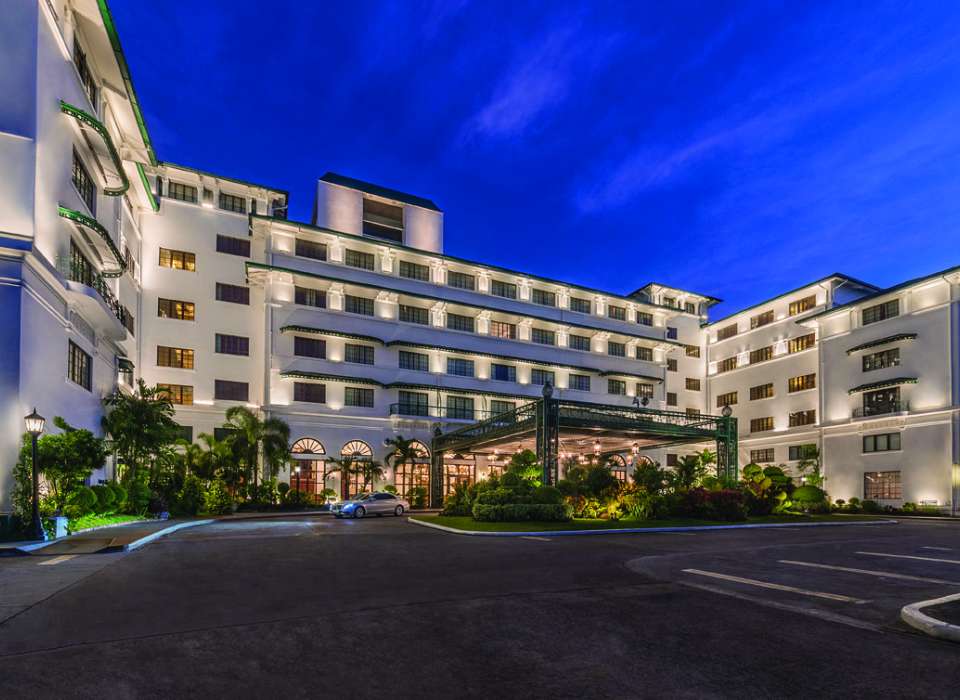Tour Overview
The National WWII Museum is pleased to host Victory in the Pacific: World War II in the Philippines tour. This fascinating journey will begin in the lush province of Bataan, where tour participants will walk the first kilometer of the Death March and visit the remains of the prisoner of war camp at Cabanatuan, which was liberated by American Army Rangers and Filipino Scouts on the eve of the Battle of Manila.
*The Philippines tour can be booked as a pre-tour in conjunction with Victory in the Pacific: Pearl Harbor, Saipan, Tinian, Guam, and the Anniversary of the Battle of Iwo Jima.
Quick Links
Additional Tour Dates
On the island of Corregidor, 27 miles out in Manila Bay, we will see the blasted, skeletal remains of the mile-long barracks, theater, hospital, and officers’ quarters, as well as explore the labyrinth of tunnels carved deep in the rock that once sheltered embattled American forces.
In the capital, we will tour the ancient walled city of Intramuros—built soon after Manila’s founding in 1571—complete with dungeons dating back to the Spanish Inquisition, and used more recently by the Japanese secret police as a torture center. Participants will likewise visit the campus at Santo Tomas and climb the stairs to the chapel at De La Salle University, the scene of one of the worst civilian massacres during the city’s liberation.
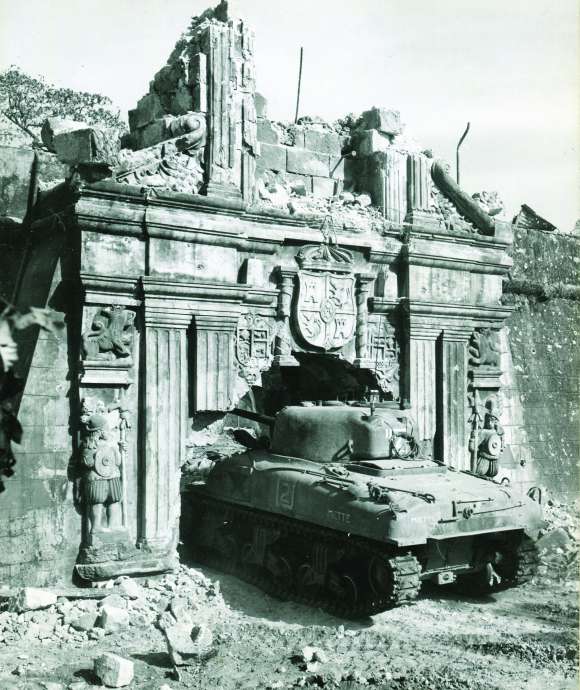
Tour Inclusions
- Full-time access to expert historian and author James M. Scott
- Full-time logistical tour manager
- Expert local battlefield guides throughout the itinerary
- Roundtrip Airport Transfers (when arriving and departing on scheduled group tour dates)
- Three nights at La Jolla Luxury Beach Resort in Bataan
- Two nights at the Clark Marriott Hotel, the only five-star hotel north of Manila
- Three nights at The Manila Hotel, site of General Douglas MacArthur’s pre-war apartment
- Personal listening devices on all included touring
- Eight breakfasts, four lunches, one reception and five dinners
- Beer, wine, and soft drinks with included lunches and dinner
- Informative map book including useful maps and archival images to be used throughout your journey
- Personalized luggage tags and customized name badge
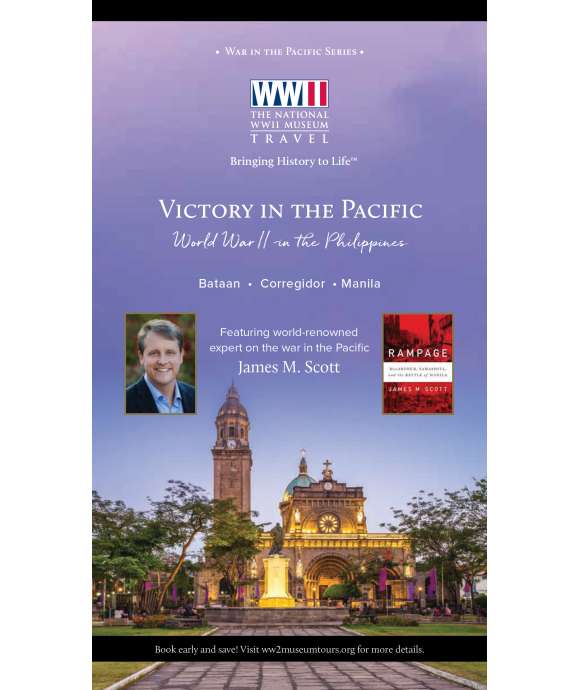
Download The Brochure
Download the official World War II in the Philippines brochure for a full listing of inclusions, accommodations, and other useful information.
Destination Map
Full Tour Itinerary
Day 1
Arrivals / Transfer to Bataan
After morning arrivals into Manila Ninoy Aquino International Airport (MNL), transfer to the province of Bataan. The Bataan Peninsula overlooks the northern entrance to Manila Bay with the island of Corregidor just to the south. For the Americans in Bataan in 1941, the peninsula was designated the site for a major defensive stand in the case of a Japanese invasion. Under War Plan ORANGE-3, which was the product of almost a half-century of planning for conflict with Japan, American forces would concentrate fighting in central Luzon and deny the use of Manila Bay to the Japanese Navy. After arrival to Las Casas Filipinas de Acuzar, enjoy an evening reception and dinner getting to know your fellow travelers.
Las Casas Filipinas de Acuzar (R, D)
Day 2
Bataan Death March
The morning tour begins at the Bataan Death March Kilometer Zero in the town of Bagac. One of two markers for the start of the “Bataan Death March,” this point marks the start of the march moving west toward Balanga. The group will symbolically walk a one-kilometer stretch of the March, arriving at marker two. Turning south, the group will visit the Kilometer Marker Zero at Mariveles, the starting point at the southern tip of the peninsula. After circling Mount Mariveles, arrive at the Mt. Samat Shrine, which honors the Filipinos and Americans who fell defending the country and serves as a gathering point for commemorations such as the Day of Valor held each April 9. The final stop is the Balanga Elementary School where General Edward King was interrogated underneath the mango trees following the surrender of more than 70,000 men.
Las Casas Filipinas de Acuzar (B, L)
Day 3
Corregidor
From Mariveles, board a ferry for the fortress island of Corregidor. Serving as the door to Manila Bay, Corregidor was called “The Rock” due to its landscape and immense fortifications. In March 1942, General MacArthur fled Corregidor under orders from President Roosevelt, leaving General Jonathan Wainwright in command. Following the surrender on Bataan, Wainwright and his men held out for another month, facing relentless Japanese bombings. On your tour, visit numerous
fortifications and the Malinta Tunnel.
Las Casas Filipinas de Acuzar (B, L, D)
Day 4
Clark Field
The tour departs Bataan and continues to Pampanga Province and the Bamban Museum of History. The museum is a passion project of Rhonie Cauguiran Dela Cruz, who has collected numerous artifacts and items related to World War II in the Philippines. The museum is located next to several caves used by the Japanese during the fighting, with the nearby mountains acting as a refuge of the indigenous Aeta people who waged a guerilla war against the Japanese. Continue to the Capas National Shrine, which marks the location of Camp O’Donnell, the endpoint of the Bataan Death March. The Clark Field Museum continues the story of American involvement in the Philippines to withdrawal of American forces in 1942.
Clark Marriott Hotel (B, L, D)
Day 5
Cabanatuan
Visit the site of one of the most successful commando raids in US history. Cabanatuan POW Camp held up to 8,000 American prisoners. In January 1945, a group of just over 100 US Army Rangers and 250 Filipino Scouts traveled over 30 miles behind enemy lines to reach the camp. The Scouts conducted a diversionary raid, while the Rangers attacked the main camp. Over 500 Americans were freed at the cost of 2 killed and 25 wounded. Upon returning to the Clark Field area, visit the San Fernando Train station, the location from which the prisoners from Bataan boarded rail cars for Camp O’Donnell.
Clark Marriott Hotel (B, L)
Day 6
Battle of Manila
The Battle of Manila was the most savage urban combat fought by the American forces in the Pacific. The Japanese defenses turned every intersection into a struggle, and every building was a potential strongpoint. As the Americans closed in on the city from the north and south, the Japanese unleashed a fanatical wave of violence against the civilian population. The former “Pearl of the Orient” became a pile of rubble. In the span of one month, the city’s character changed forever. The touring today focuses on the historic center of the city. Through a tour of the Intramuros neighborhood, visit Fort Santiago and the famous walls that appear in many of the battle photographs.
The Manila Hotel (B, D)
Day 7
Santo Tomas
When Douglas MacArthur fled to Australia, he proclaimed, “I Shall Return.” On October 20, 1944, MacArthur waded ashore on the island of Leyte. By January 1945, he was ready to liberate Manila. On February 3, American forces entered the city and liberated the internees at the University of Santo Tomas, including the nurses known as the “Angels of Bataan.” The liberation of the camp was of the highest priority. Conditions within the camp had deteriorated drastically in the latter months of 1944, and MacArthur feared that the Japanese would execute the prisoners. On a tour of the campus, the university’s archivist will discuss the history of the camp and its rebirth after the war.
The Manila Hotel (B)
Day 8
Manila American Cemetery
While Intramuros retained its historic character, the balance of Manila was rebuilt with modern skyscrapers, office buildings, and shopping malls. The tour will conclude with a visit to the Manila American Cemetery, the largest cemetery overseen by the American Battle Monuments Commission. It serves as the final resting place of 17,058 Americans who lost their lives in the Philippines and throughout the Pacific. A farewell dinner at The Manila Hotel allows the group to discuss the highlights of the tour and pay tribute to the rebirth of the city.
The Manila Hotel (B, D)
Day 9
Departures
After breakfast, transfer to Manila Ninoy Aquino International Airport (MNL) for your journey home or to your next destination.
(B)
Program Pricing
Price per person based on Double Occupancy
$6,799 $6,299
Price per person based on Single Occupancy
$8,799 $8,299
Taxes and Fees of $129 per person will be added to your final invoice.
La Jolla Luxury Beach Resort
Bataan, Philippines
Surrounded by greenery on a tranquil beachfront property, this polished resort is a hidden gem in western Bataan.
The rooms are equipped with Wi-Fi, TV, mini-fridge, and minibar, as well as tea and coffee making facilities, a rainfall shower and private terrace. Multiple restaurants and bars are situated around the property.
Clark Marriott Hotel
Mabalacat, Philippines
Experience five-star hospitality at Clark Marriott Hotel. This centrally located hotel in the vibrant central business district of Clark Freeport Zone, Mabalacat, Philippines, offers 260 rooms and suites with contemporary design and deluxe amenities including marble bathrooms, flat-screen TVs, plus minifridges, tea and coffeemaking facilities, and internet access (fee). Enjoy five unique dining experiences and Quan Spa, a full-service, on-site wellness center, a 24/7 Fitness Center, and an outdoor pool.
The Manila Hotel
Manila, Philippines
The Manila Hotel is a trip back to pre-war Manila. The hotel is the oldest premier hotel in the Philippines built in 1909 to rival Malacañang Palace. The hotel officially opened on the commemoration of American Independence on July 4, 1912. General Douglas MacArthur made The Manila Hotel his home during his tenure as the Military Advisor to the Commonwealth Government of the Philippines from 1935-1941. Architect Pedro Luna, son of master painter Juan Luna, was commissioned to build a penthouse suite for the General and his family atop the fifth floor. The Japanese occupied the hotel from 1942-1945, setting fire to the structure during the Battle of Manila. The hotel underwent extensive reconstruction after the war and has hosted numerous celebrities including President John F. Kennedy, Sammy Davis, Jr., and John Wayne.
